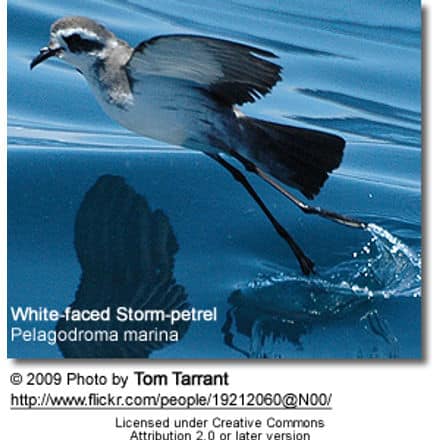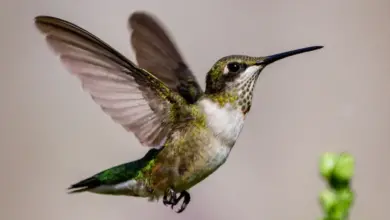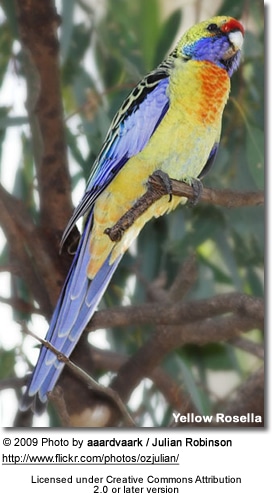Sooty-capped Bush Tanagers
The Sooty-capped Bush Tanagers (Chlorospingus pileatus) is endemic in the highlands of Costa Rica and western Panama, where it favors mossy mountain forests, second growth, and adjacent bushy clearings, typically from 1600 m altitude to above the timberline.
Description
The Sooty-capped Bush Tanager are related to Commonthe Bush-Tanager. The main difference is that it has a blacker head with a white supercilium (line above the eye) rather than an eye spot.
The adult Sooty-capped Bush Tanagers is 13.5 cm long and weighs 20g. It has a blackish head with a white supercilium and a grey throat. It has olive upperparts and yellow underparts, becoming white on the belly. Some individuals in the Irazu-Turrialba area are greyer and lack yellow in the underparts.
Immatures are browner-headed, duller below, and have a duller olive-tinged supercilium.
Tanager Information … Tanager Species … Tanager Species Photo Gallery
Nesting / Breeding
They build bulky cup nests on banks, in dense bushes, or hidden amongst epiphytes up to 11 m high in trees. The average clutch consists of two pink-brown marked white eggs.
Diet / Feeding
Sooty-capped Bush-Tanagers feed on insects, spiders, and small fruits. They are usually seen in small groups or as part of mixed-species feeding flocks.
Song / Vocalization
Its call is a high tseet tseet. The song is a scratchy secure seechur see see seechur seechur with variations.





